STC vs. NRC: What's the Difference?
STC vs. NRC: What's the Difference?
The basis of commercial sound control is creating an atmosphere of productivity, comfort, and overall enjoyment. Sound can greatly influence an environment, whether it is a corporate office, a healthcare facility, or a restaurant.
STC and NRC are two major criteria for rating sound control materials. Though these metrics may sound similar, they are very different in application for acoustic design. This article will help you understand the main differences between STC and NRC so you can apply each correctly to achieve the right acoustic goals in your commercial space.
Is STC the Same as NRC?
STC and NRC are two measurements related to sound that measure quite different aspects of acoustic performance. They are at the heart of acoustic management.
Sound Transmission Class, abbreviated as STC, is a rating for the effectiveness of any material in blocking sound from passing through it. It is used in walls, doors, windows, and even floors to ensure that noise is not travelling through any medium from one room or space to another.
STC is very important where requirements of privacy and sound isolation are highly demanding, such as offices and meeting rooms in residential buildings or places of the like. The larger the rating, the more effective the material will prevent sound from being transmitted from one space to another.
NRC stands for Noise Reduction Coefficient, which handles yet another facet of sound control: absorption. Rather than blocking sound, NRC measures how well a material can absorb sound energy within a room. NRC is crucial to controlling echo and improving sound clarity by reducing the noise that bounces off surfaces and reverberates through space. Materials with higher NRC ratings are used in spaces where echo reduction and speech intelligibility are important, such as open-plan offices, restaurants, and auditoriums.
In summary, STC and NRC do not serve the same purpose: STC tells you how much sound is blocked between spaces, while NRC measures how much sound is absorbed in a space. Knowing when to use one measurement versus another will help you choose appropriate materials for your acoustic requirements.
What Is the Difference Between NRC and STC vs. CAC?
Another metric for acoustic design performance, in addition to STC and NRC, is the CAC—Ceiling Attenuation Class. Thus, in an effective noise management regime in a commercial setting, one needs to know how NRC, STC, and CAC vary and what each is for.
STC is concerned with blocking sound transmission from one room/area to another. Its rating applies to walls, doors, windows, and floors, thus helping the designer/architect ensure that noise does not travel easily through various spaces of buildings. For instance, office buildings require a high STC rating to avoid overhearing conversations from the next room or within hotels to prevent guests from overhearing neighbouring rooms.
On the other hand, NRC measures sound absorption within a room. This metric is important for ceiling tiles, wall panels, and carpets designed to reduce echo and reverberation. The materials absorb the sound, creating an acoustically more comfortable setting in which speech is clear, and background noise is negligible.
CAC stands for Ceiling Attenuation Class and is similar, yet explicit, to STC in ceiling systems. It measures how well a ceiling system prevents sound from passing through the plenum to another room. This blocking is very important as open office designs often allow sound to travel over partition walls into shared ceiling spaces. A higher CAC rating ensures that a ceiling system significantly reduces sound transmission between adjacent spaces through the ceiling.
In summary, while STC, NRC, and CAC have to do with the control of sound, they all do this for different reasons. STC refers to the blocking of sound from space to space. NRC refers to the absorption of sound within a space. CAC refers to the prevention of sound from passing through ceiling systems.
The Importance of Understanding STC and NRC in Commercial Spaces
STC and NRC both play critical roles in creating environments suitable for the intended use of space within commercial settings. Whether ensuring privacy in corporate offices, creating a serene atmosphere in healthcare facilities, or making a comfortable dining experience in restaurants, suitable acoustic materials do make all the difference.
For example, high STC-rated walls and doors in the office would help ensure meetings or private conversations aren't disrupted by excess noise. At the same time, noisy open-plan areas call for high NRC-rated materials to avoid these ambient noises and enhance concentration or productivity.
Much of the focus in restaurants could be on NRC-rated materials for controlling echo and reverberation, which makes conversation difficult. If a restaurant is in a busy urban area, STC-rated windows and doors may also be necessary to keep exterior noise from intruding on dining.
Healthcare facilities need both sound blocking and sound absorption. STC-rated partitions and doors are built to reduce the amount of noise that enters a patient's room, thereby maintaining privacy and a quiet, serene environment. NRC-rated ceiling tiles and wall panels reduce noise—a top source of stressors within patient rooms and common areas.
With an understanding of both STC and NRC ratings and proper application, designers and facility managers can create an environment that looks and sounds good, ensuring its overall effectiveness and enjoyment.
STC and NRC: Complementary Metrics for Optimal Sound Management
Though STC and NRC have very different purposes, when used together, they become complementary metrics that allow design professionals to take a holistic approach to sound management in commercial spaces.
For example, STC-rated walls in a hotel ensure that guests are not disturbed by noise from adjacent rooms. On the other hand, NRC-rated ceiling tiles and carpets help maintain peace and comfort inside the rooms.
In an educational facility, STC-rated doors and partitions block noise from moving across different classrooms. Meanwhile, NRC-rated acoustic panels suppress echo and promote clear speech in each school to ensure every student hears and pays attention to lessons.
Achieving the optimal acoustic outcome often requires balancing sound blocking against sound absorption. Emphasizing STC without considering NRC may result in a space completely isolated from external noise but still suffering from internal echo and reverberation. The reverse would be to focus so much on NRC without dealing with STC and end up with a space where the internal noise levels are controlled, but the external noise intrusions remain unsolved.
Considering STC and NRC, one can be assured of a quiet, acoustically comfortable space for functionality and enjoyment in acoustic design.
Conclusion: Making Informed Choices Toward Your Acoustic Needs
Any designer or manager of commercial space should be aware of the critical differences between STC and NRC. These two metrics deal with different aspects of sound control: STC measures the resistance to sound transmission through space-separating elements, while NRC measures sound absorption in a room. Both are critical when choosing materials for designing spaces that demand special acoustic performance.
With STC and NRC ratings, you get commercial spaces that are both visually appealing and acoustically optimized. From privacy and noise reduction to speech clarity, the right blend of STC and NRC-rated materials will ensure you hit your mark and have spaces that support productivity, comfort, and well-being.


